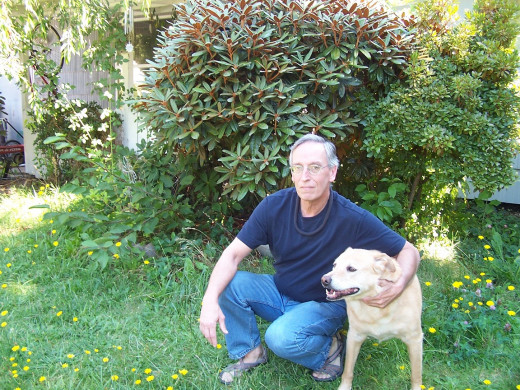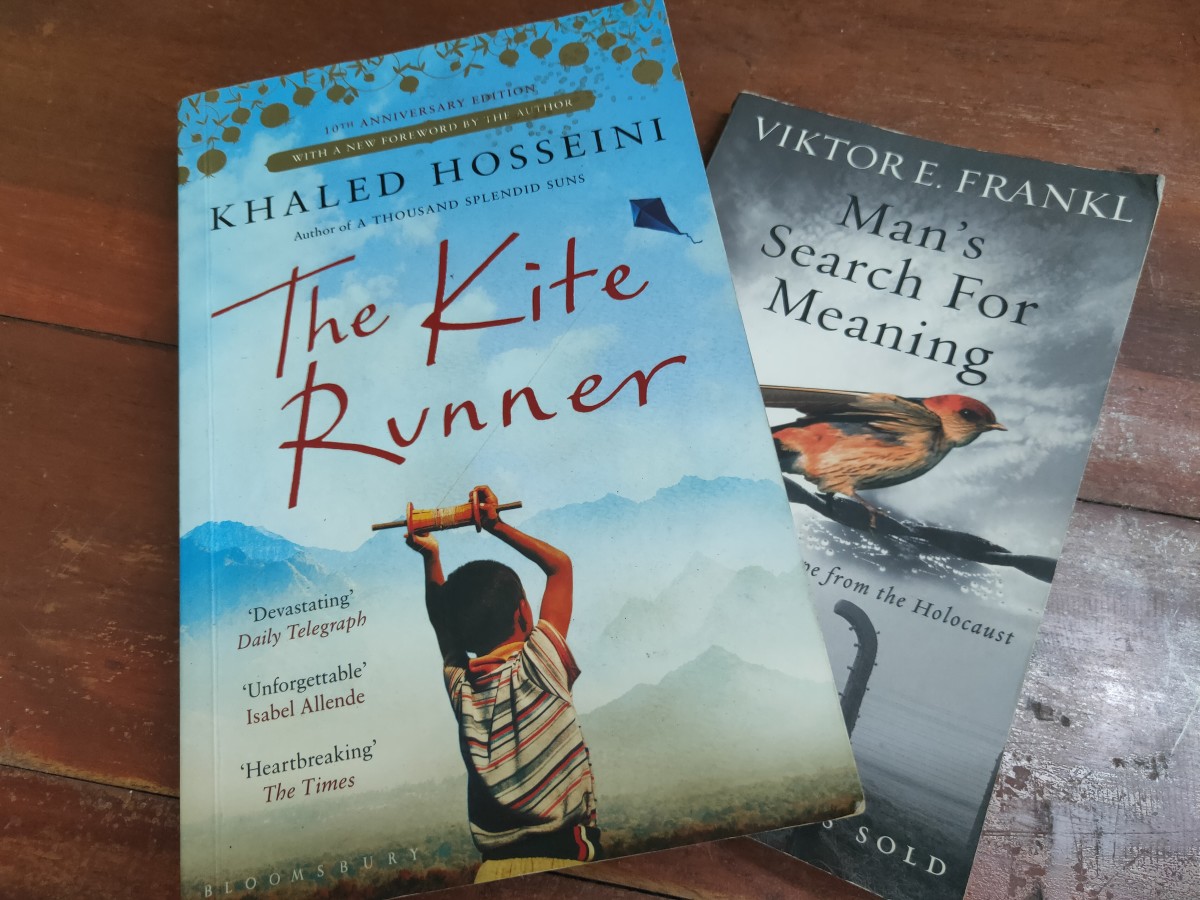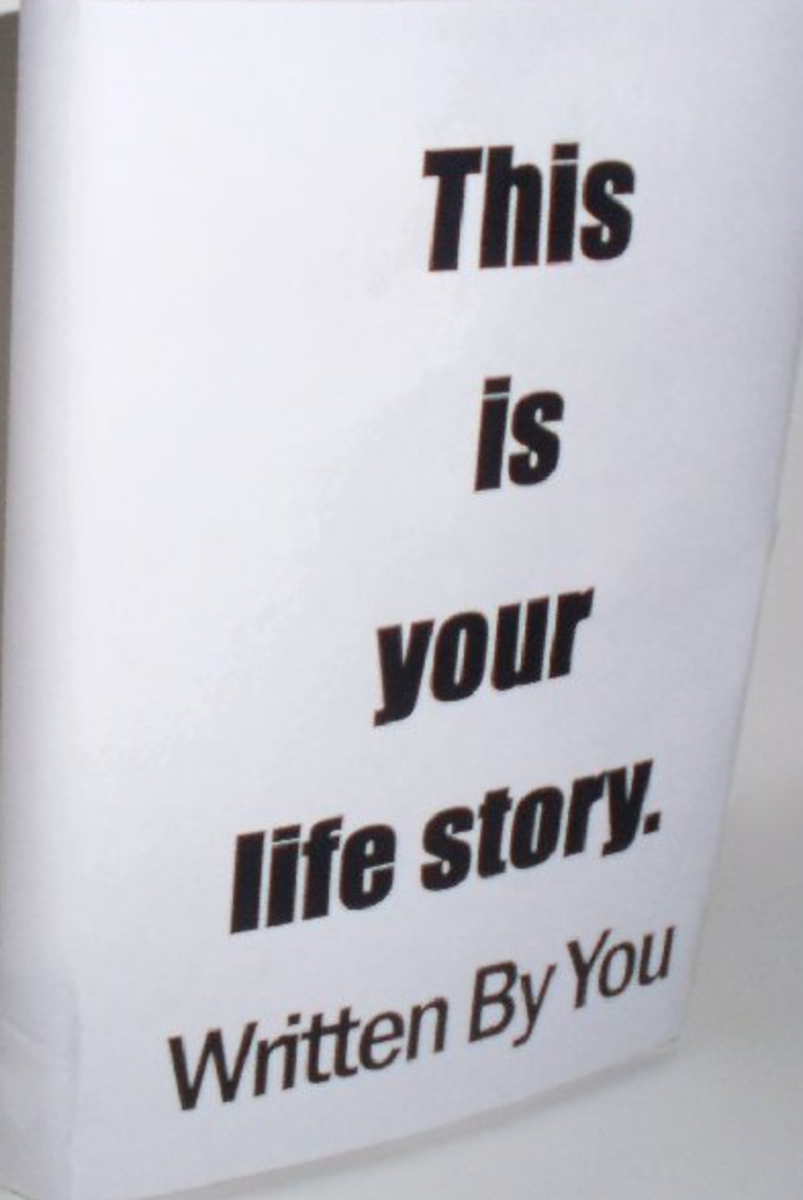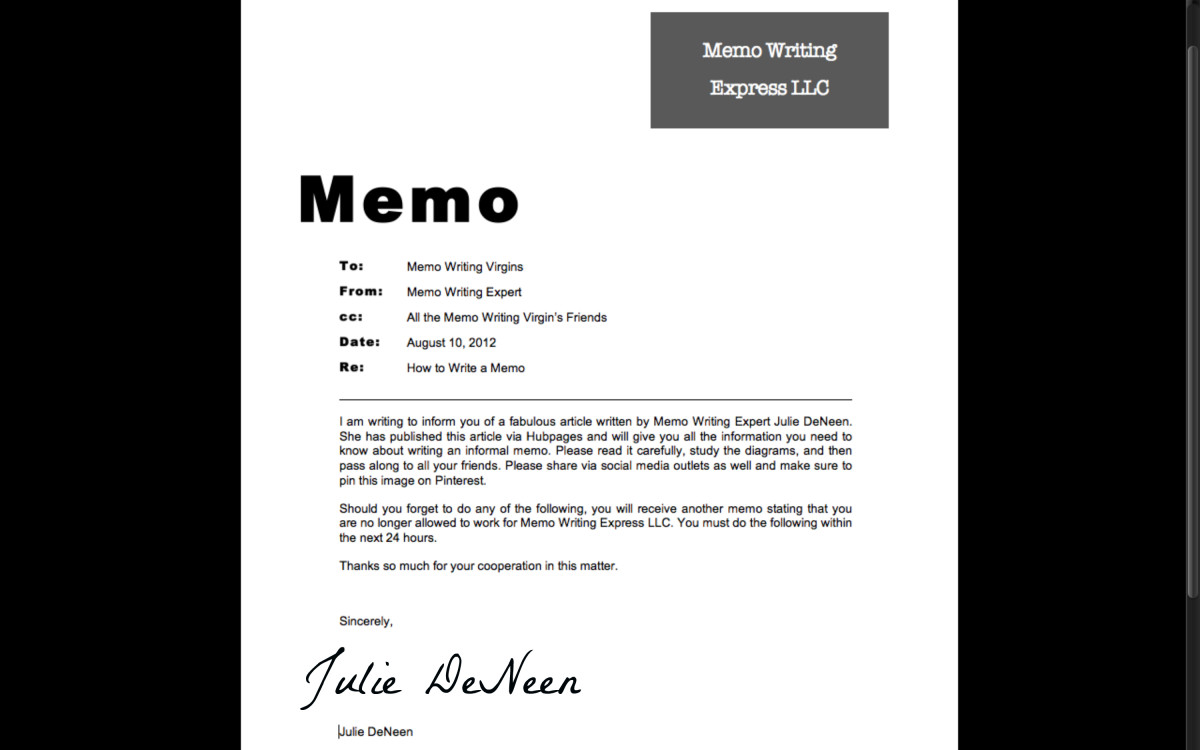Writing 101: The Beauty of the Allegory
My Thanks to Orwell
Before I give you a definition, let’s take a look at one of the more famous allegories in literature, “Animal Farm,” brought to you by George Orwell. See if you can tell what an allegory is by simply reading this example.
"Presently, the tumult died down. The four pigs waited, trembling, with guilt written on every line of their countenances. Napoleon now called upon them to confess their crimes. They were the same four pigs as had protested when Napoleon abolished the Sunday Meetings. Without any further prompting, they confessed that they had been secretly in touch with Snowball ever since his expulsion, that they had collaborated with him in destroying the windmill, and that they had entered into an agreement with him to hand over Animal Farm to Mr Frederick. They added that Snowball had privately admitted to them that he had been Jones' secret agent for years past. When they had finished their confession, the dogs promptly tore their throats out, and in a terrible voice Napoleon demanded whether any other animal had anything to confess."

A Definition
If you are feeling as though your writing has become a bit predictable and, dare I say, boring, you might want to consider one of the greatest tools a writer has in his/her toolbox….the allegory.
According to Websters, an allegory is: a representation of an abstract or spiritual meaning through concrete or material forms; figurative treatment of one subject under the guise of another.
In the example above, Orwell uses a story about an animal farm to make his points about events leading up to the Russian Revolution of 1917. Orwell did not think highly of Russian politics, and he uses his story to convey his feelings about State policies.

EXAMPLE
In my thinly-veiled allegory, A Child Named Hope, I wrote about a young child who made life better for those around her:
“And the child was born, and as she grew it became apparent that this was a special child. Her golden hair reflected sunlight on sunny days, and during the gloom of winter she seemed to absorb the darkness, so that those in her proximity felt warmth where there was cold.
By the time she was eight she was sought by millions, all longing to be near her, to touch her, to bask in her peacefulness, and to hear her words. Every week, every Saturday, in a field of lavender, she met with those who had come from distant shores, and she answered their questions with patience, and with love.”
Isn’t that, after all, what hope does for all of us?
And let’s see if you know this passage and can guess which book it is from:
“His voice rose under the black smoke before the burning wreckage of the island; and infected by that emotion, the other little boys began to shake and sob too. And in the middle of them, with filthy body, matted hair, and unwiped nose, Ralph wept for the end of innocence, the darkness of mans heart, and the fall through the air of the true, wise friend called Piggy.”
If you guessed “Lord of the Flies” by William Golding you are correct.
Join me on my writing blog
- William Holland | Helping Writers to Spread Their Wings and Fly
Tips and suggestions about the craft of writing
So, How Do You Write an Allegory?
Remember that an allegorical story is simply a vessel that carries an abstract idea. In other word, you are building a story around a concept, like hope, peace, mercy, or in Orwell’s case, political oppression.
So the first step in writing an allegory is to decide upon the abstract idea you wish your story to represent.
Next you will choose your characters. In an allegory, no character is meaningless. Every character stands for something, whether it be bigotry or intolerance, fear or bravery.
Lastly, you will need to leave clues early on in your story. Without clues, an allegory can quite easily either confuse a reader or totally lose a reader, so give your readers a break and clue them in early what is going on. If you do that properly, then your readers will become invested in the story and probably think you to be quite clever.
Still Confused?
Well don’t be. Anyone who has ever read the Bible is familiar with allegories or, as they are referred to in the religious circles, parables. The Prodigal Son is most definitely an allegory, as are many of the parables spoken by Jesus to his disciples and followers. In fact, Jesus may well be the greatest allegorical writer we have ever known. He’s certainly the most famous.
“As a man traveled from Jerusalem to Jericho he was robbed, beaten and left half dead. A priest walked by and saw the man, but passed by on the other side of the road so as not to be bothered by the man. Later a Levite did the same thing.
Finally a Samaritan, who were not loved by the Jews, saw the Jewish man lying beside the road. The Samaritan bound up the wounds of the man and carried him to an inn. At the inn he continued to care for the wounded man until he had to leave. He gave money to the innkeeper to continue to care for the wounded man.”
A beautiful allegory by Ann
- A SEA OF POPPIES: Inspired by Art Installation at Tower of London commemorating the perished soldier
An attempt at using allegory, based on an art installation at the Tower of London with background information. Reminders of the dead, how we should learn from history a wartime poem.
Why so Few Allegories These Days
There were quite a few allegories written during the 17th, 18th, and 19th Centuries,, but we have seen a gradual decline in their use ever since, and I think that’s a shame. The most obvious answer to the question why we see fewer of them today is because there is very little political oppression left in developed countries. Back in the day, it was necessary for many writers to write in allegories about political ideas lest they have their heads lopped off for treason. So they learned to hide their opinions within the safe cocoon of the allegory.
Today we don’t have to worry about the King beheading us for what we have written, so we see fewer and fewer writers using this wonderful grammatical tool.
Is the example to the left an allegory?
Now Let’s Try an Exercise to See What You’ve Learned
I’m going to give you an excerpt from my latest novel, Shadows Kill. I want you to read this passage, and then vote in the poll to the right whether or not this is an allegory.
My sleep was restless that night. I was being chased in a dream, but I couldn’t see the face of my pursuer. He was darkness upon darkness, a shadow man, barely visible each time I turned to look at him. I raced through the woods, my heart exploding in my chest, my breath raspy and strained, sweat pouring from my brow. I knew there was no point in running, that being caught was inevitable, and finally I tripped over a tree root and fell hard to the ground. Turning over, I saw the Shadow Man standing over me, and his shadow formed a smile, dark teeth in a dark mouth.
“It won’t be that easy, Eli,” he said. “Now is not the time.”

So, How About You?
Are you game? Do you have what it takes? Are you willing to expand your skills?
If so, then choose an abstract concept and build a story around it. I’m hoping you’ll give it a try. We need more allegories in literature.
2014 William D. Holland (aka billybuc)
“Helping writers to spread their wings and fly.”










